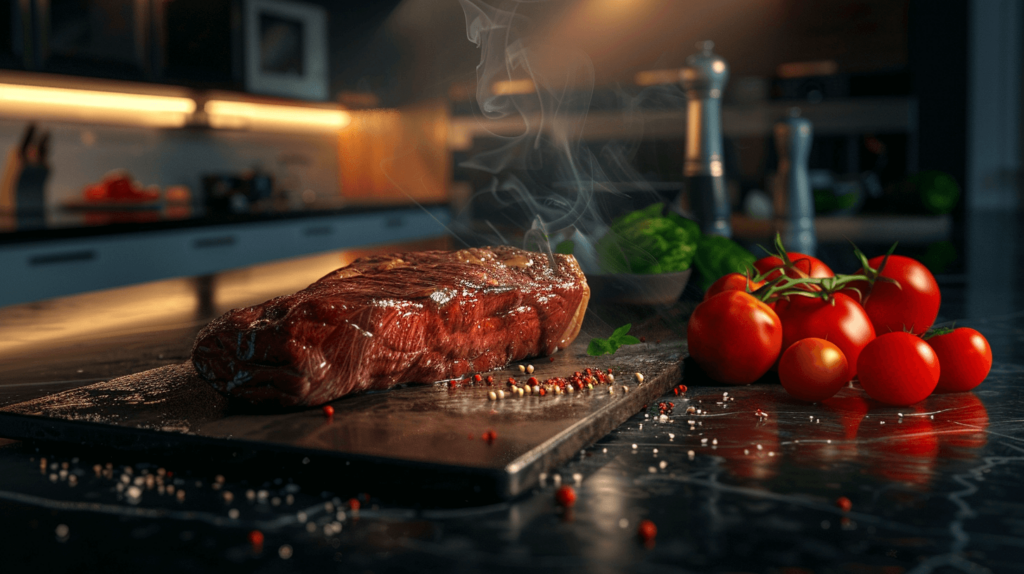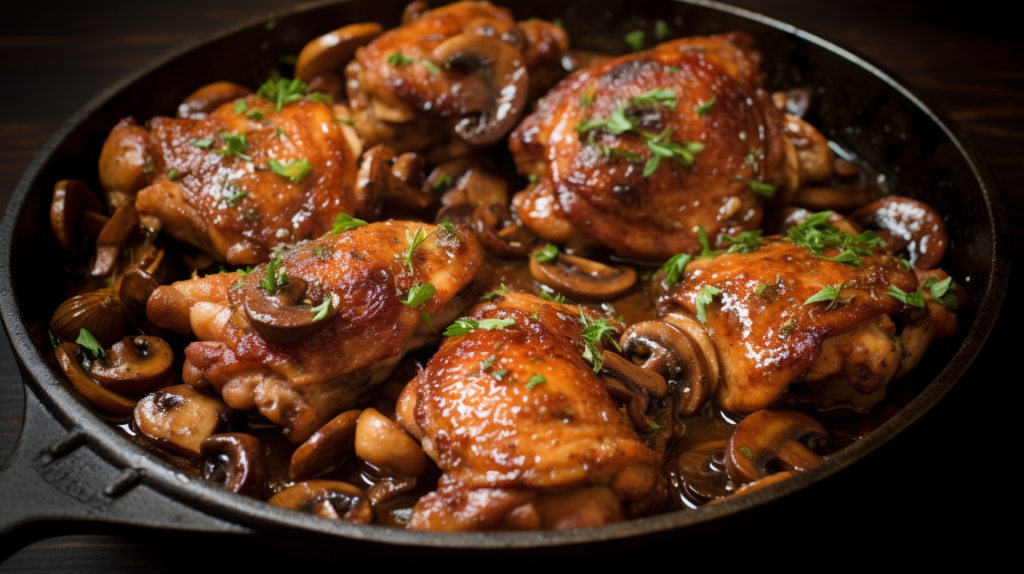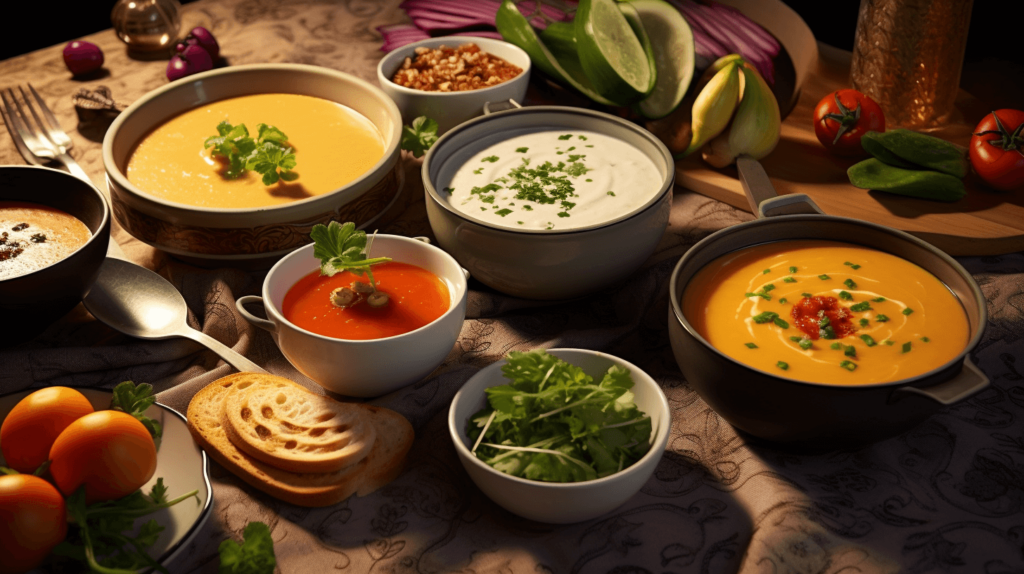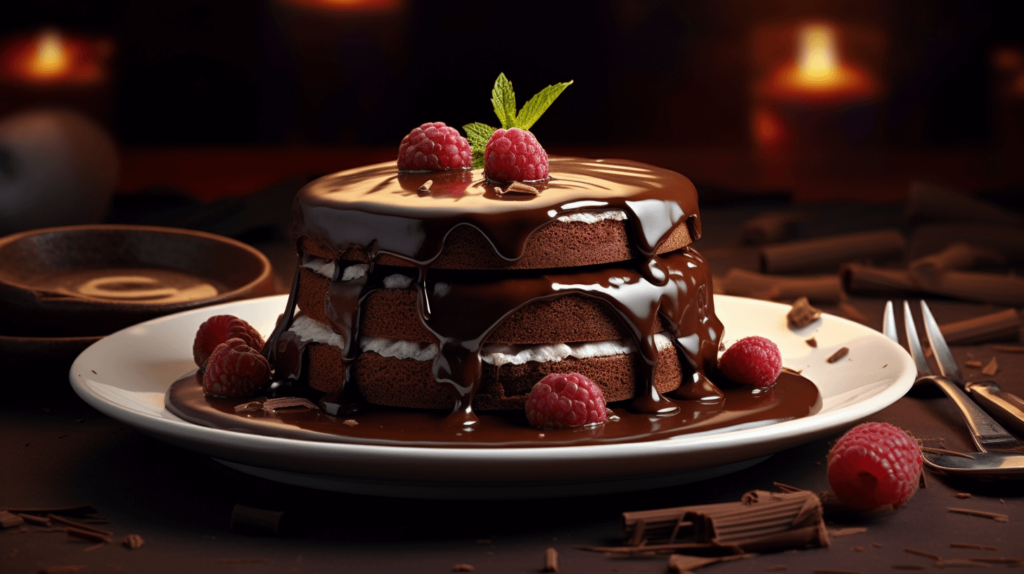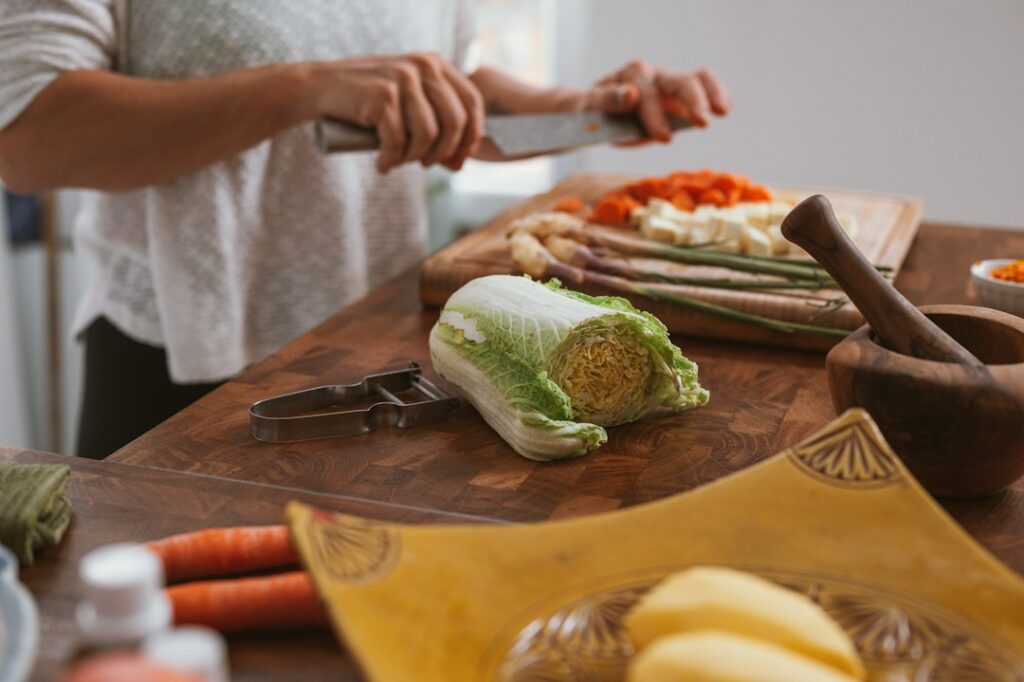As a self-proclaimed food enthusiast who has journeyed through countless recipes, tasted the myriad flavors the world of cooking has to offer, and spent endless hours perfecting the art of culinary creation, I’ve come to realize one undeniable truth: mastering beef cooking techniques is a cornerstone of culinary excellence. Beef, with its rich flavors and versatile textures, stands as a testament to the diversity and depth of culinary arts. It’s not just about cooking; it’s about weaving a tapestry of flavors that can only be achieved through the perfect beef methods.
In this article, we’re not just going to talk about cooking beef; we’re going to dive into the heart of beef culinary secrets, exploring beef preparation methods that transform the ordinary into extraordinary. From the initial selection of cuts to the final, savory bite, each step is a pivotal moment in crafting delicious beef dishes that linger in your memory.
Whether you’re a seasoned chef or a home cook eager to elevate your cooking game, this beef cooking guide is designed to escort you through the nuanced world of beef recipes tips. We’ll uncover the secrets to cooking beef perfectly, ensuring that every meal you prepare is not just food, but a masterpiece.
Embark on this journey with me as we explore savory beef meals that captivate the senses, perfect beef methods that guarantee culinary success, and beef dish preparation techniques that have been refined through trial, error, and triumph. Together, we’ll transform your kitchen into a haven of gastronomy where beef recipes guide your path to mastering beef cooking.
Let’s turn the page to the first chapter of our adventure, where understanding beef is the key to unlocking the treasure trove of flavors it holds. Ready your aprons and sharpen your knives—our exploration of beef cooking techniques is about to begin.
Understanding Beef – The Foundation of Masterful Cooking
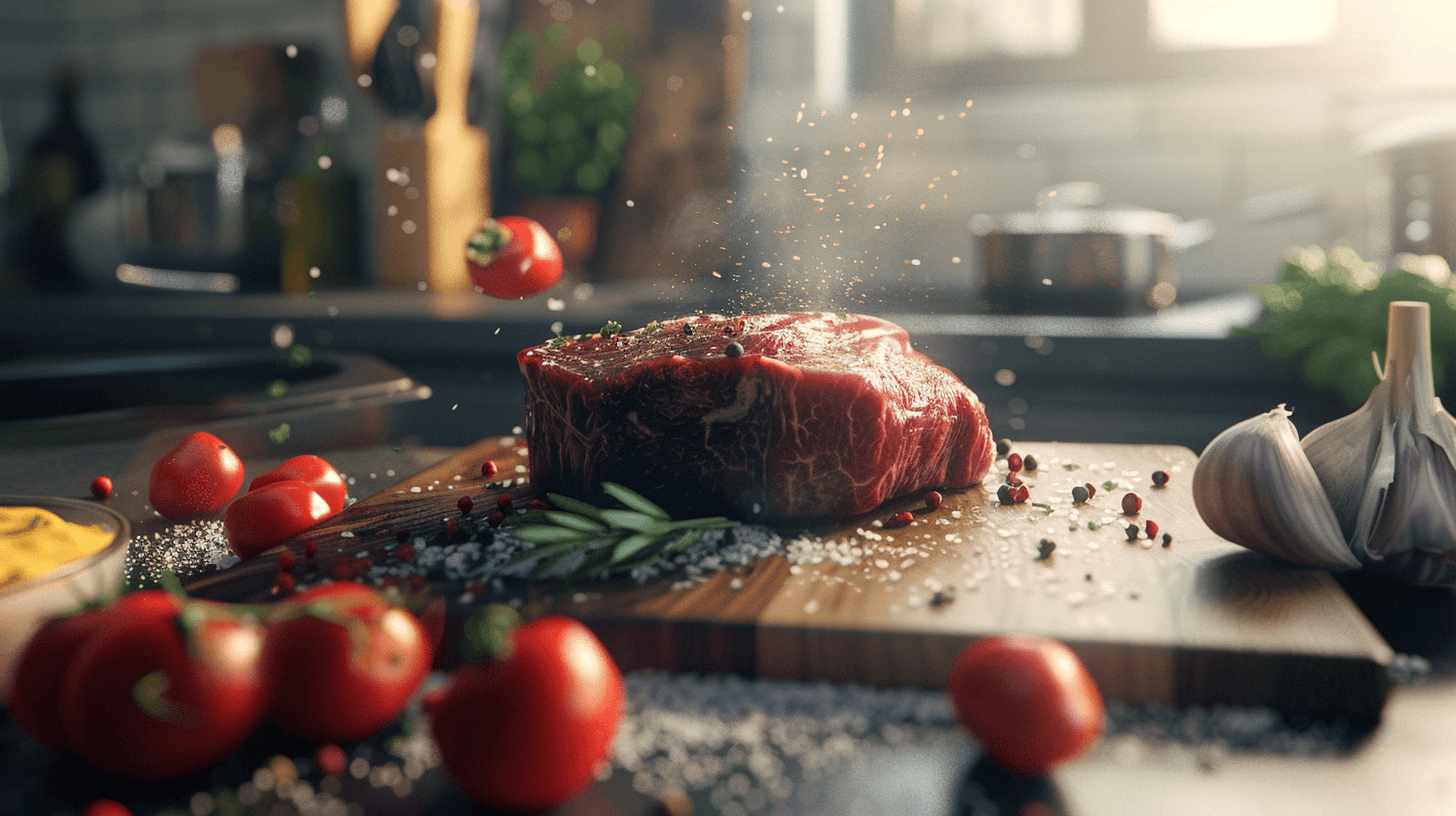
Before we can aspire to master the art of cooking beef, we must first understand the canvas we’re working with. Beef, a staple in cuisines worldwide, offers a spectrum of cuts, each with its unique characteristics, flavors, and, most importantly, cooking requirements. The journey to creating savory beef meals begins with knowing your cuts and matching them with the appropriate beef cooking techniques.
The Variety of Beef Cuts
The beef cut you choose is the cornerstone of your dish. From the robust, flavorful chuck, perfect for slow cooking, to the tenderloin, which finds its best expression in a quick sear, each cut has a story to tell. The ribeye, with its marbling, offers a rich, juicy experience, while the leaner sirloin appeals to those seeking a balance of tenderness and flavor. Understanding these cuts is your first step towards perfect beef methods.
Selecting the Right Cut
Selection is more than just picking a piece of meat; it’s about envisioning the dish you want to create. A succulent, slow-cooked brisket requires a different approach than a steak meant to be seared to perfection. This is where beef dish preparation begins—at the butcher’s counter or in the grocery aisle. Knowing which cut to choose for your intended dish is paramount in beef preparation methods. This knowledge not only ensures delicious beef dishes but also prevents costly culinary missteps.
Beef Grades and Quality
The quality of beef plays a critical role in the outcome of your cooking. Grades such as Prime, Choice, and Select reflect the beef’s marbling and, by extension, its flavor and tenderness. For those special occasions, investing in higher-grade beef can elevate a simple meal to an exquisite dining experience. This is one of the beef culinary secrets that distinguishes a good dish from a great one.
Preparing Your Beef for Cooking
Preparation is an art in itself. Whether it’s marinating a chuck for a hearty stew or simply seasoning a steak with salt and pepper, preparation methods significantly impact the beef’s flavor and texture. This stage is where creativity meets science, allowing you to infuse personal touches while adhering to tried-and-true beef recipes tips.
In this foundation-laying section, we’ve explored the essentials of beef selection and preparation, setting the stage for the cooking techniques that follow. Each step, from choosing the right cut to preparing it for the pan, grill, or oven, is a testament to the art of cooking beef perfectly. With these insights, you’re well on your way to mastering beef cooking, ready to tackle the techniques that will turn your beef dishes from mere meals into memorable feasts.
Beef Cooking Techniques – The Path to Perfection
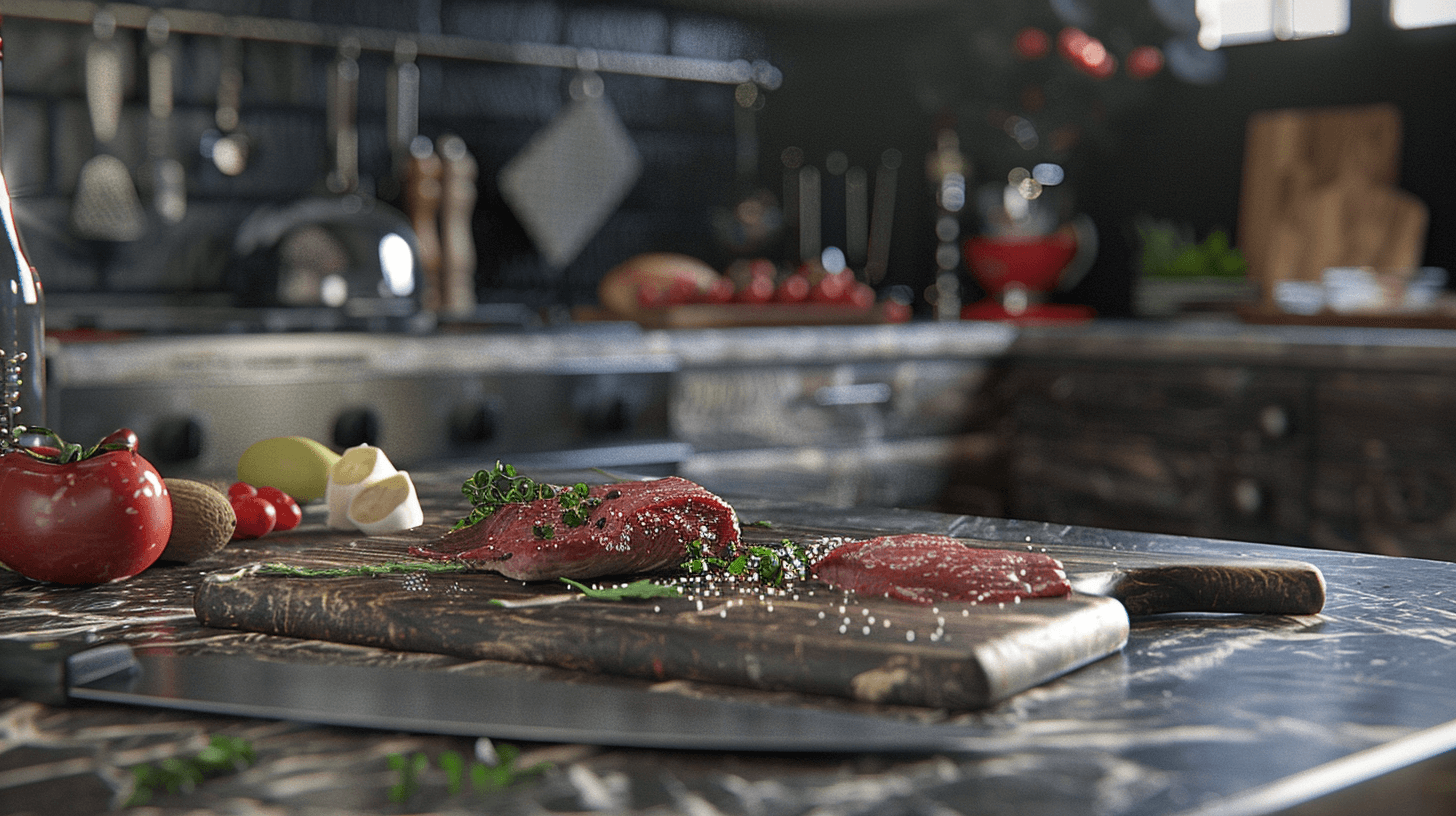
Mastering beef cooking techniques is akin to an artist mastering their brushstrokes; each method brings out different textures, flavors, and experiences from the beef, creating a masterpiece on your plate. Whether you prefer your beef slow-cooked to tender perfection or seared for a crisp exterior and juicy interior, knowing how to apply these techniques is key to cooking beef perfectly.
Searing for Flavor
The sear is the first technique in our culinary arsenal. Best suited for tender cuts like steaks and tenderloins, searing involves cooking the beef at a high temperature for a short time. This method creates a deliciously caramelized crust that locks in juices, making for a mouthwatering contrast between the exterior and the succulent interior. My personal tip? Always let your beef come to room temperature before searing; it ensures an even cook.
Roasting for Richness
Roasting is a technique that excels with larger, more robust cuts such as rib roasts and sirloin. Cooking slowly in the oven, this method allows heat to penetrate deeply, breaking down connective tissues without losing moisture, resulting in beef that’s flavorful, tender, and perfect for a family dinner. Remember, using a meat thermometer is your best friend here to achieve that perfect doneness.
Braising for Tenderness
Braising is the slow-cooking wizard of beef culinary secrets, turning tougher cuts like chuck and brisket into fork-tender delights. This method involves first searing the beef, then cooking it slowly in a small amount of liquid. The slow simmer not only tenderizes the beef but also creates a rich, flavorful sauce. Patience is key with braising—the longer the cook, the more tender the beef.
Grilling for Char and Smoke
Grilling is the quintessential summer technique, ideal for cuts that benefit from quick cooking, like burgers, steaks, and kebabs. It imparts a smoky flavor and a charred exterior that’s hard to resist. My beef recipes tip for grilling? Let your beef rest after grilling; it reabsorbs the juices, making every bite juicier.
Slow Cooking for Ease and Flavor
Slow cooking is the set-it-and-forget-it approach, perfect for busy cooks seeking delicious results with minimal effort. This method is great for turning less expensive cuts into tender, flavorful meals. The key here is low and slow, allowing flavors to meld and beef to become tender over hours. It’s an effortless path to savory beef meals.
Exploring Advanced Techniques
For those who love to experiment, techniques like sous-vide offer unparalleled precision in cooking beef perfectly. By controlling the exact temperature of the water bath, you can achieve consistency and perfection across the board—from edge to edge. While it may require special equipment, the results are often worth the investment for enthusiasts.
Each of these techniques opens a new chapter in your beef cooking guide, offering methods to suit every taste and occasion. By mastering these, you not only ensure delicious outcomes but also gain the flexibility to experiment with flavors, textures, and recipes. The key to perfect beef dish preparation lies in practice, experimentation, and a bit of culinary courage. As you explore these techniques, remember: every meal is an opportunity to refine your skills and delight your palate.
Mastering Beef Cooking – Elevating Your Culinary Craft
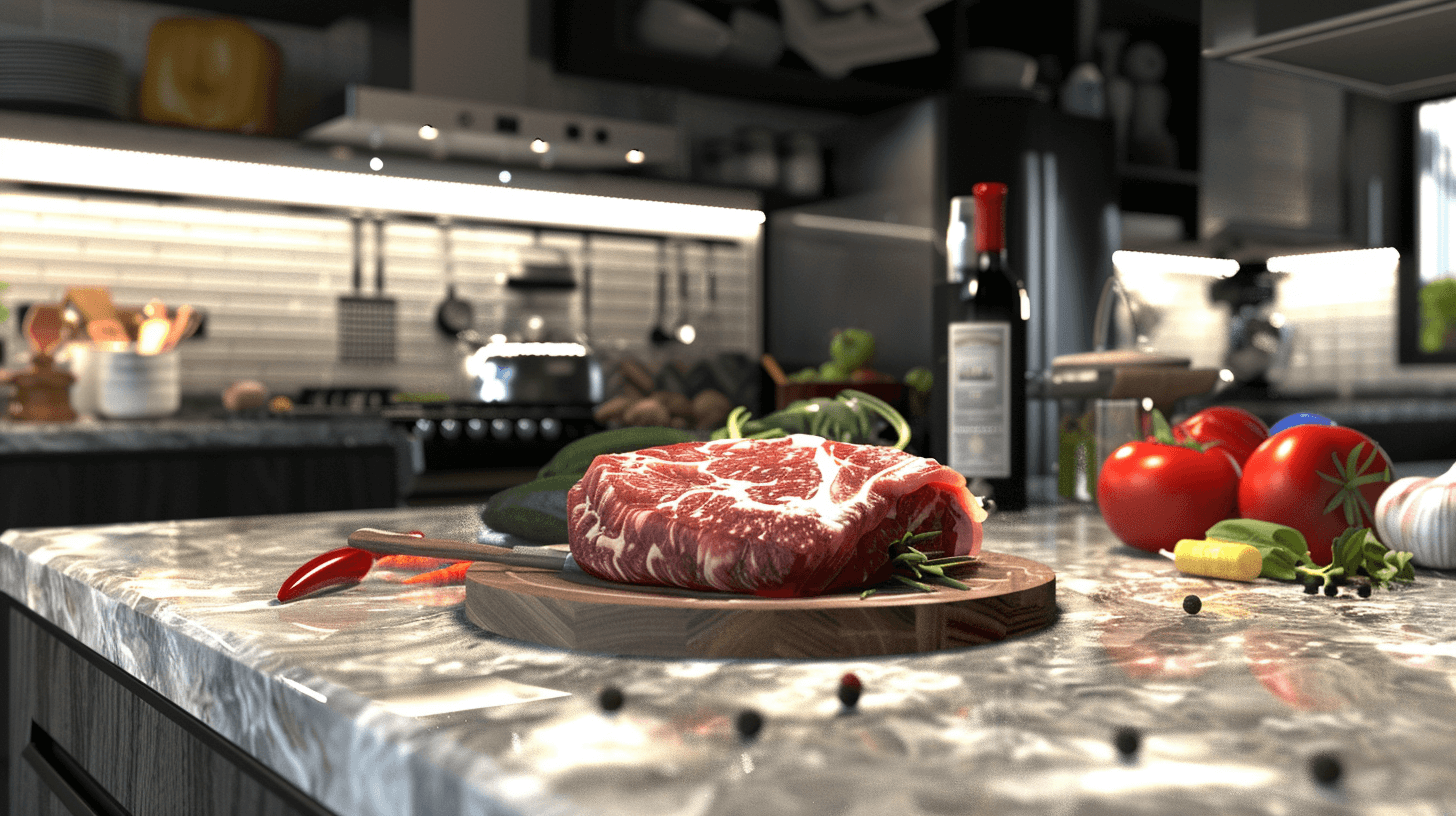
Achieving mastery in beef cooking is not just about following recipes—it’s about intuition, precision, and a deep understanding of how heat, time, and flavor intertwine. Here, we share insights and advanced tips that mark the difference between a regular cook and a true beef maestro.
Perfecting Doneness
The quest for the perfect level of doneness is a hallmark of beef culinary expertise. Whether you prefer rare, medium, or well-done, understanding the exact temperature and timing for each level is crucial. Investing in a reliable meat thermometer is non-negotiable for aspiring chefs. Remember, allowing your beef to rest after cooking is not just a suggestion; it’s a necessity for juicy, evenly cooked meat.
Temperature Control and Timing
Mastering beef cooking means mastering the control of temperature and timing. High heat is great for searing and locking in flavors, but lower temperatures are often key to tender, well-cooked interiors. Learning when and how to adjust your cooking method throughout the process is an art form developed through practice and patience.
Utilizing Marinades and Rubs
Marinades and rubs are not just flavor enhancers; they’re tools for tenderizing and transforming the texture of beef. Understanding the components of a good marinade or rub (acid, fat, flavorings, and salt) can make a significant difference in the outcome of your dish. Experimenting with different combinations will not only enhance your beef dishes but also expand your culinary repertoire.
The Role of Resting
Resting your beef post-cooking is a step too often overlooked by novices. This process allows the juices to redistribute throughout the meat, ensuring that every bite is as flavorful and tender as possible. The rule of thumb is to rest the beef for about half the time it was cooked. This simple practice elevates the quality of your beef dishes immensely.
Experimenting with Global Flavors
Beef is a universal ingredient, featured in cuisines around the world. Mastering beef cooking involves experimenting with global flavors and techniques, from the rich, complex sauces of French cuisine to the fiery spices of Szechuan beef. Each culinary tradition offers unique insights and methods that can inspire and elevate your cooking.
Advanced Techniques for the Adventurous Cook
For those looking to push the boundaries, exploring advanced cooking techniques can offer new dimensions of flavor and texture. Techniques like reverse searing, where the beef is slowly cooked then seared at high heat, or experimenting with different smoking woods for grilling, can introduce you to a whole new world of beef dishes.
Learning from Mistakes
Finally, mastering beef cooking is as much about learning from failures as it is from successes. Each overcooked steak or tough roast is a lesson in what not to do, guiding you closer to culinary excellence. Embrace these experiences, for they are invaluable in your journey to becoming a beef cooking expert.
Recipe Highlights – Bringing Techniques to Life
Each recipe chosen is designed to illuminate a specific technique, encouraging you to explore the breadth of flavors and textures beef has to offer. From the simplicity of a perfectly seared steak to the complex layers of flavor in a slow-cooked beef stew, these dishes are your stepping stones to culinary excellence.
1. The Perfect Seared Steak
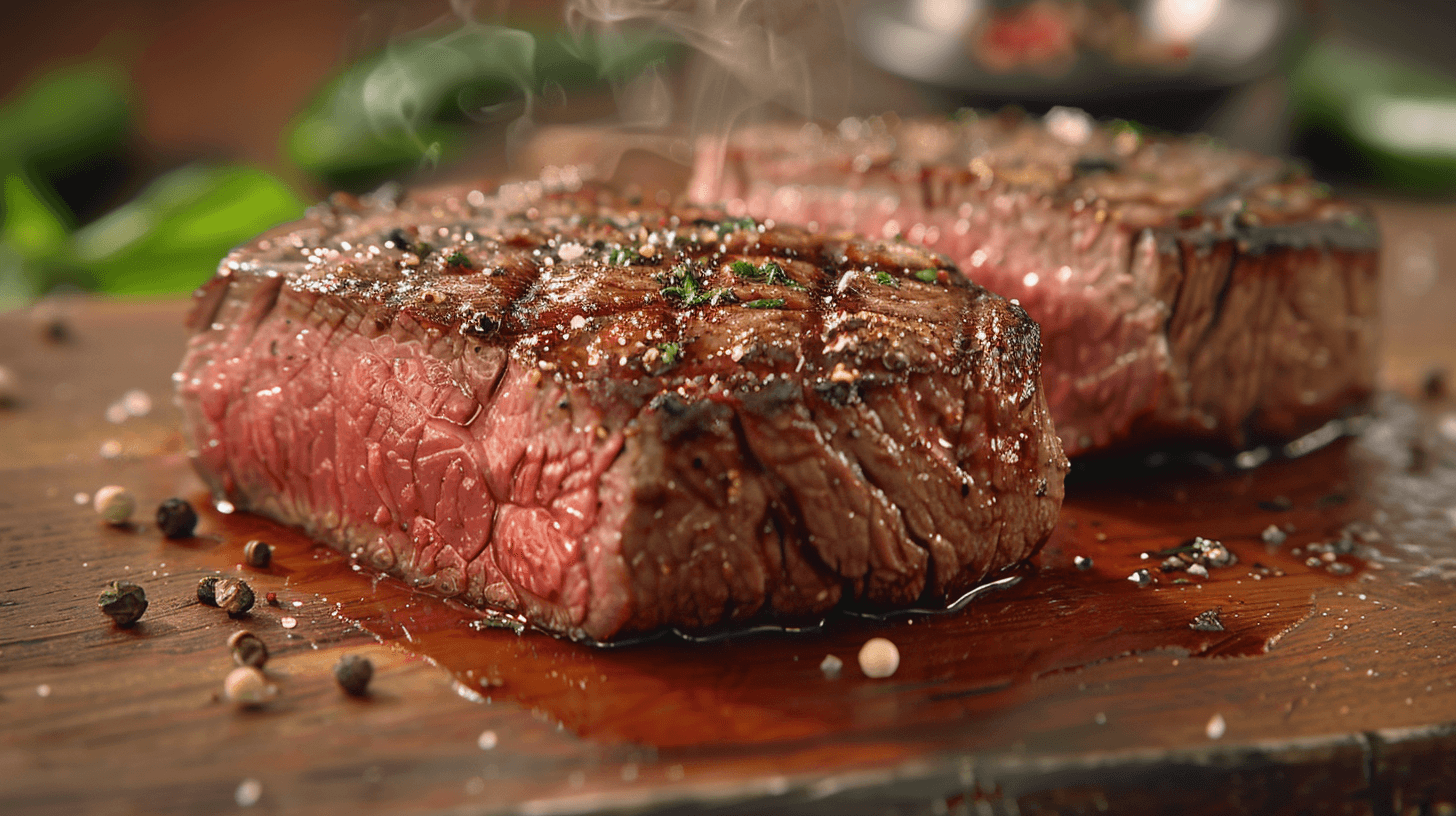
- Technique Highlight: Searing
- Recipe Overview: Start with a high-quality cut, preferably a ribeye or sirloin, seasoned generously with salt and pepper. The key to a perfect sear lies in the preheat—ensure your pan is smoking hot before the steak touches its surface. After searing to a golden crust, let it rest to achieve juicy perfection.
- Chef’s Tip: Don’t overcrowd the pan; cooking in batches preserves the pan’s heat, ensuring a perfect crust.
2. Classic Beef Bourguignon
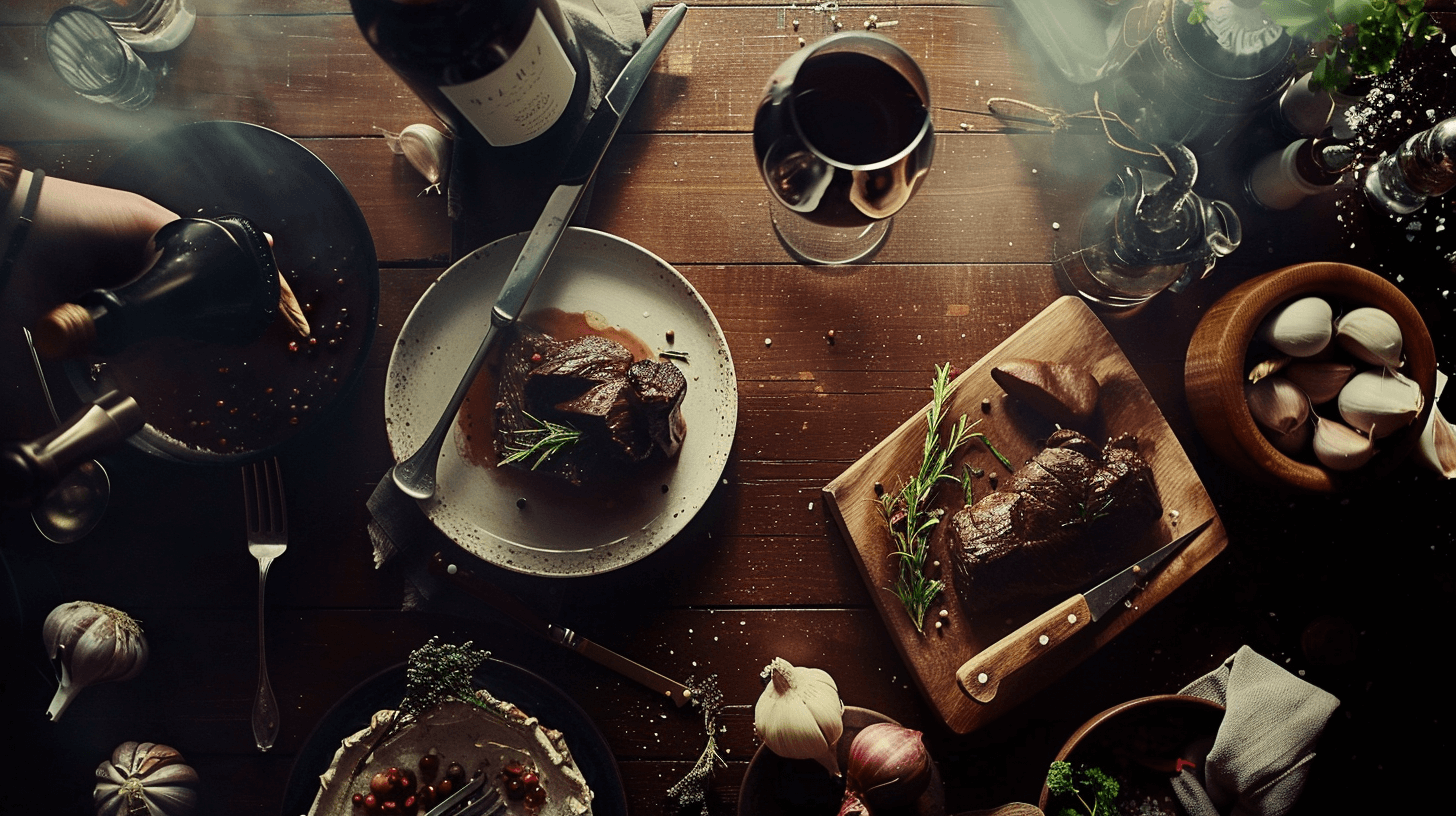
- Technique Highlight: Braising
- Recipe Overview: This French classic showcases the magic of braising, transforming tougher cuts like beef chuck into tender, flavorful morsels. Simmered slowly with red wine, herbs, and vegetables, it’s a dish that speaks of patience and the rewards it brings.
- Chef’s Tip: Use a heavy-bottomed pot for even heat distribution and to prevent scorching.
3. Smoky Grilled Beef Ribs
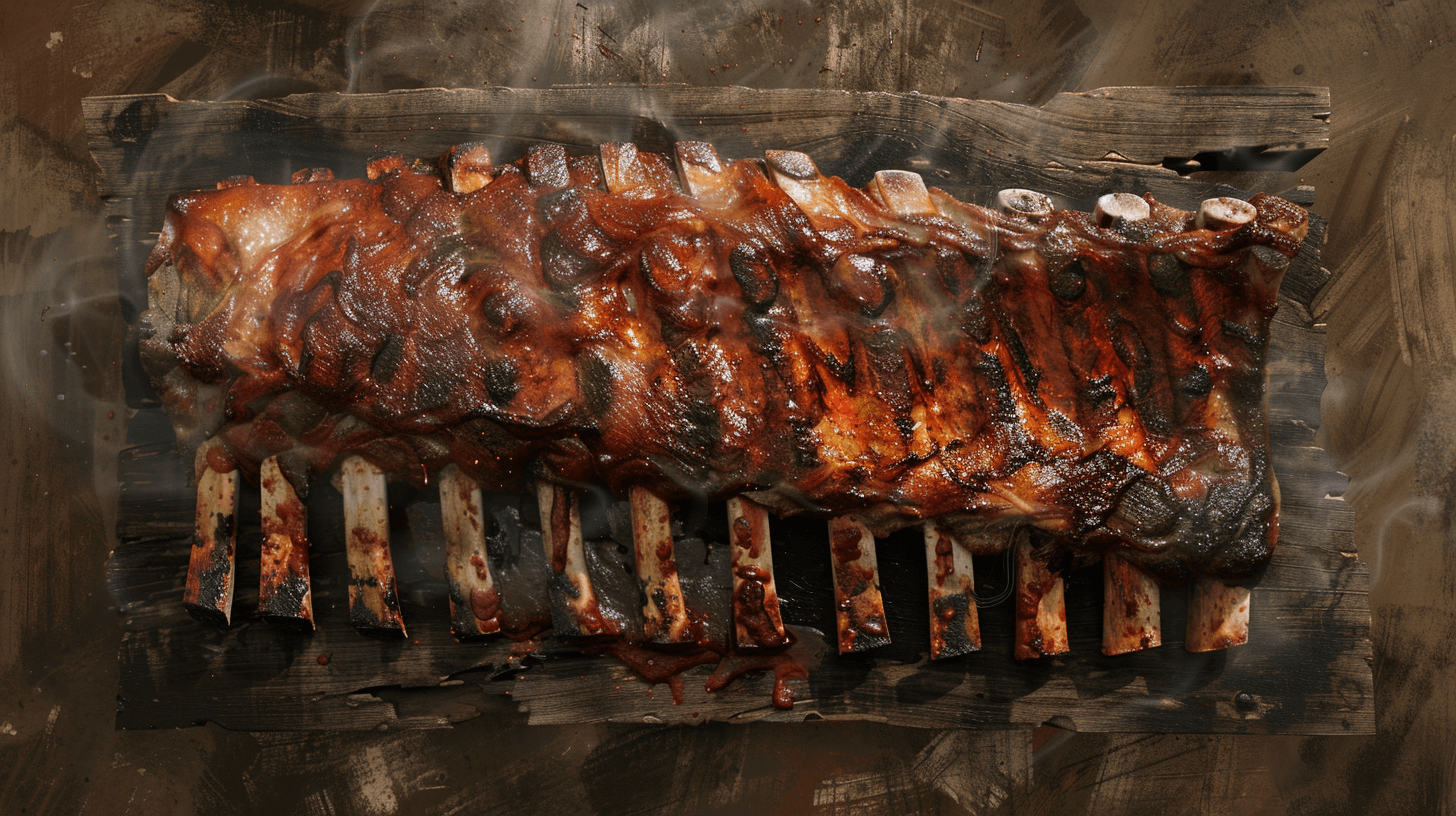
- Technique Highlight: Grilling
- Recipe Overview: Ideal for warm-weather gatherings, this recipe uses the grill to impart a smoky flavor to the beef ribs, complemented by a homemade rub or marinade. The key is maintaining a consistent temperature and turning the ribs to cook evenly.
- Chef’s Tip: Keep the lid closed as much as possible to maintain temperature and enhance the smoky flavor.
4. Slow-Cooker Beef Stew
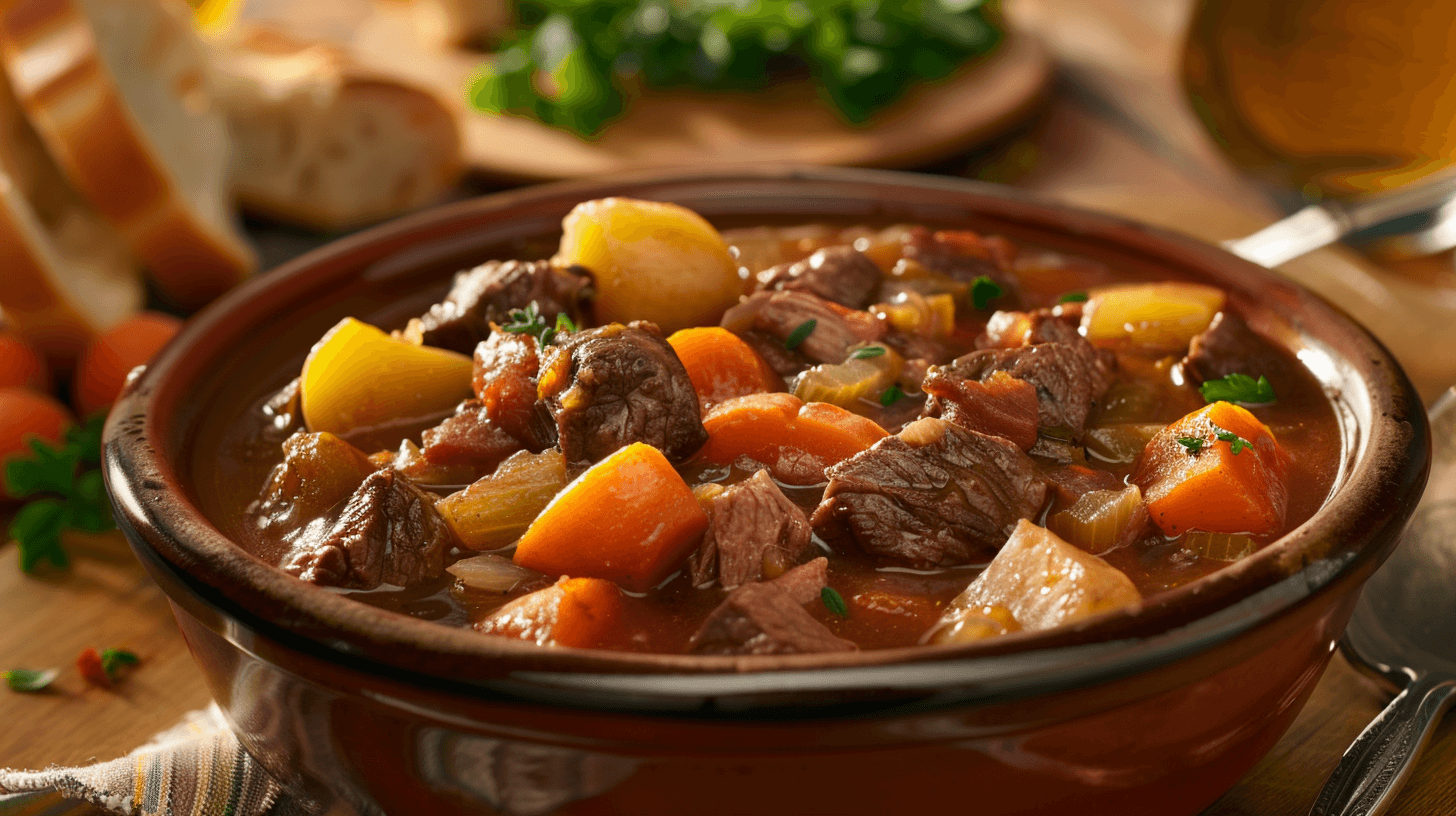
- Technique Highlight: Slow Cooking
- Recipe Overview: This recipe is a testament to the set-it-and-forget-it ease of slow cooking. With a mix of root vegetables, beef chuck, and a rich broth, it’s a hearty dish that’s both comforting and deeply flavorful.
- Chef’s Tip: Brown your beef before adding it to the slow cooker; it adds depth to the flavor.
5. Asian-Inspired Beef Stir-Fry
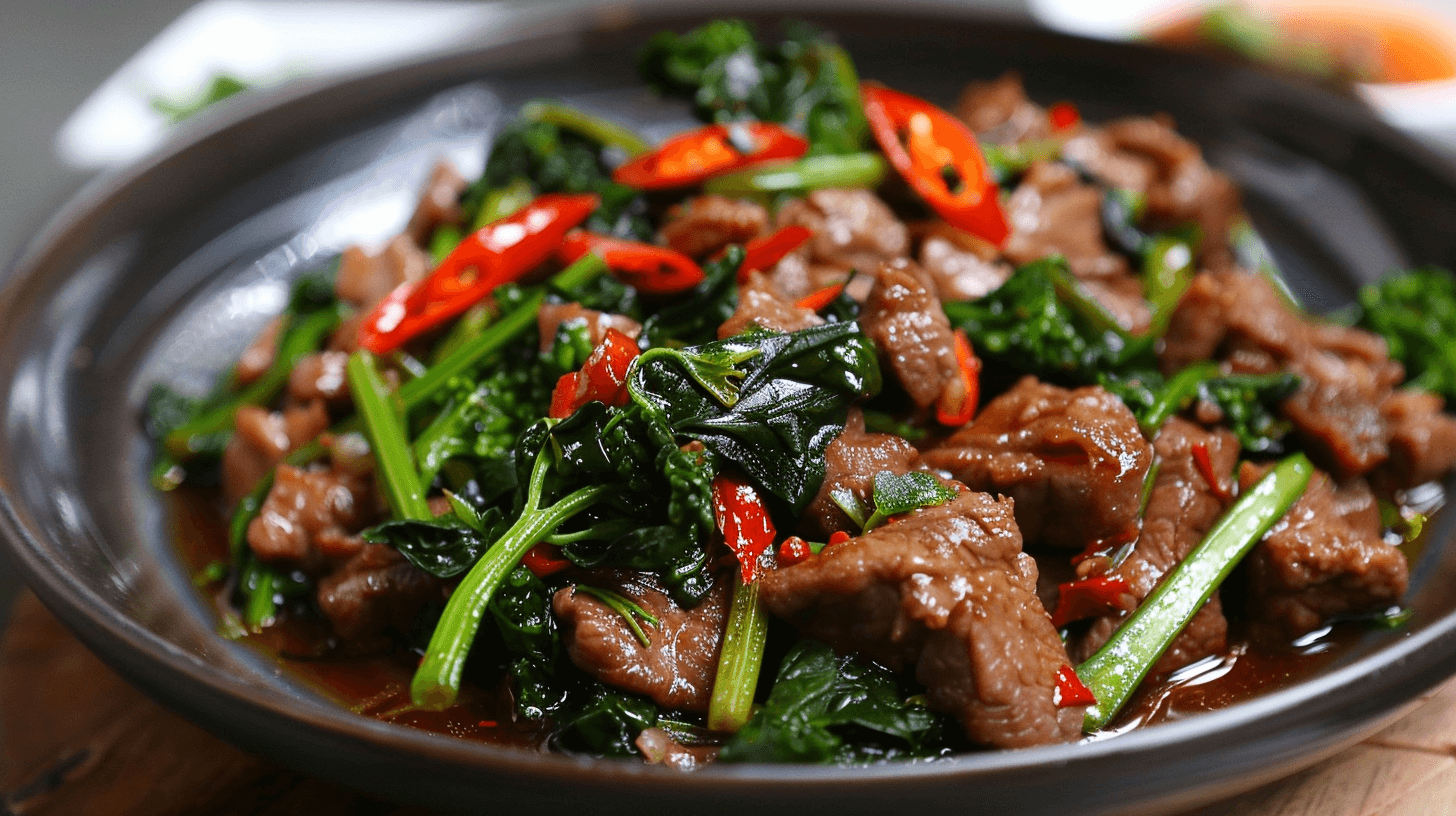
- Technique Highlight: Quick Cooking
- Recipe Overview: Quick, high-heat cooking keeps the beef tender and vegetables crisp in this stir-fry. Using thin slices of sirloin or flank steak, this dish comes together in minutes, offering a delicious way to explore the flavors of Asian cuisine.
- Chef’s Tip: Prepare all your ingredients before you start cooking; stir-frying is fast-paced, leaving no time to chop as you go.
These recipes are more than just instructions; they are invitations to experiment, adjust, and personalize. They encourage you to apply the beef cooking techniques we’ve explored, tailoring each dish to your taste and preference. Cooking is a journey of discovery, and each of these recipes offers a path to mastering the art of beef preparation.
Common Mistakes and How to Avoid Them
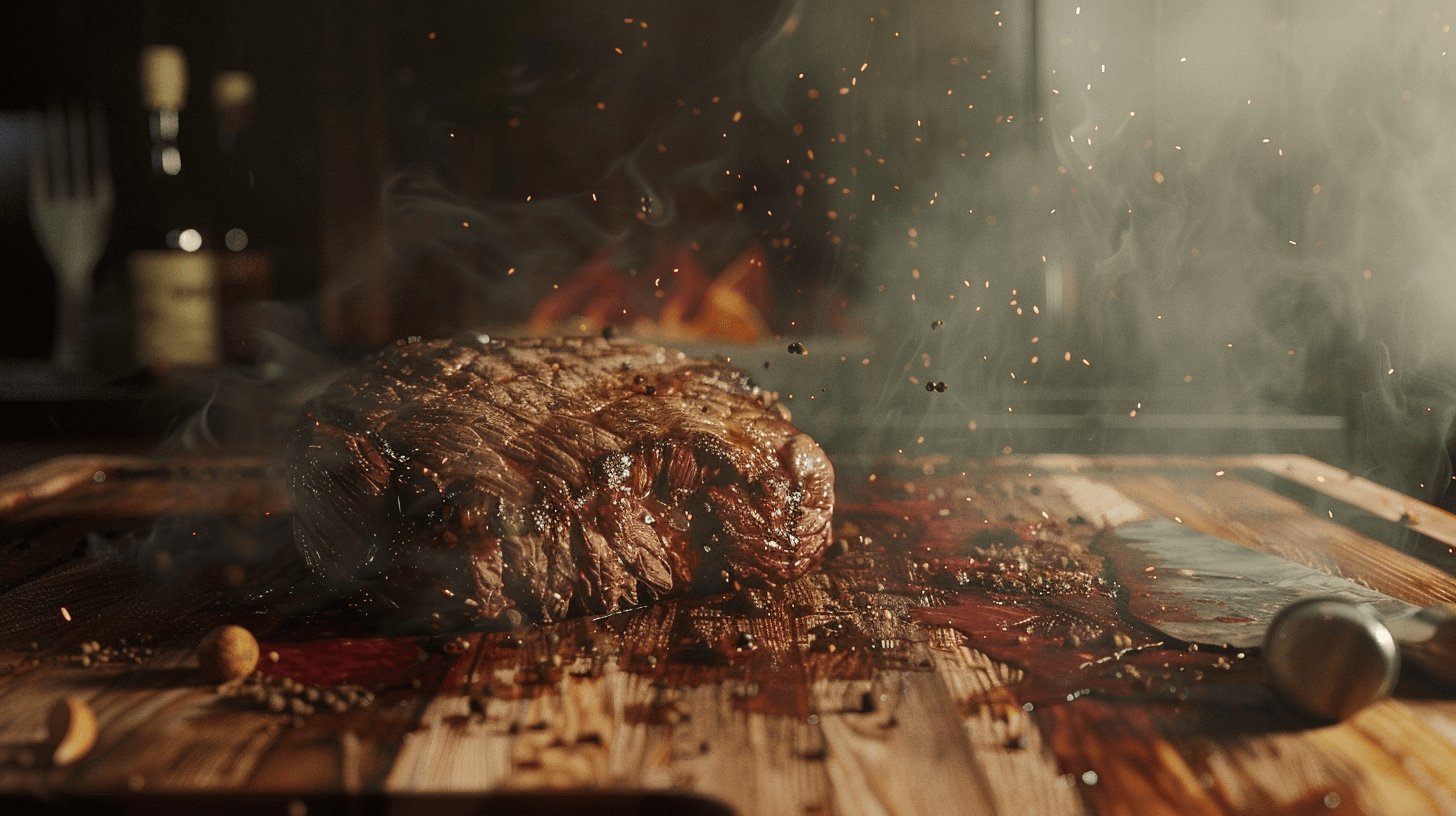
Cooking beef, while rewarding, can sometimes be a complex affair, with pitfalls awaiting the unwary. Here, we illuminate these common errors and offer solutions to ensure your beef dishes remain nothing short of divine.
Overcooking Beef
One of the most grievous errors in beef cooking is overcooking, which can turn even the finest cut into a tough, flavorless piece.
- How to Avoid: Use a meat thermometer to monitor the internal temperature closely. Familiarize yourself with the temperatures corresponding to different doneness levels and remember that beef will continue to cook (carryover cooking) after it’s removed from the heat.
Underseasoning
Beef’s robust flavors are enhanced by proper seasoning. Underseasoning can leave it tasting bland, undermining your efforts.
- How to Avoid: Don’t be shy with salt and pepper. Season your beef generously before cooking, and consider marinating tougher cuts to infuse more flavor.
Choosing the Wrong Cut
Selecting an inappropriate cut for your cooking method can result in a less-than-ideal texture and taste.
- How to Avoid: Research or ask your butcher about the best cuts for your intended cooking method. Remember, tough cuts like chuck and brisket are better suited for slow cooking, while tender cuts like sirloin and tenderloin excel with quick-cooking methods.
Skipping the Rest Time
Failing to let beef rest after cooking is a common oversight that can lead to a less juicy meal.
- How to Avoid: Allow your beef to rest covered with foil after cooking. A good rule of thumb is to rest the beef for at least half the time it was cooked. This step redistributes the juices, ensuring a moist and flavorful bite.
Not Preheating the Cooking Surface
Starting with a cooking surface that isn’t properly preheated can lead to uneven cooking and a lack of sear.
- How to Avoid: Whether you’re using a pan, oven, or grill, ensure it reaches the desired temperature before adding your beef. This is especially crucial for searing, as a hot surface is key to developing that delicious crust.
Crowding the Pan
Overcrowding can cause the beef to steam rather than sear, affecting texture and flavor.
- How to Avoid: Cook in batches if necessary. Giving each piece of beef enough space ensures proper heat circulation and a better sear.
Ignoring the Importance of Quality
Compromising on the quality of beef can impact the overall taste and experience of your dish.
- How to Avoid: Whenever possible, opt for higher-quality, sustainably sourced beef. While more expensive, the difference in flavor and texture is often worth the cost.
Not Experimenting with Flavors
Sticking to the same seasonings and preparations can lead to a culinary rut, dampening your enthusiasm for cooking beef.
- How to Avoid: Be bold and experiment with different herbs, spices, and marinades. Each new combination you try can lead to discovering your next favorite beef dish.
By keeping these tips in mind and learning from common mistakes, you’re well on your way to beef cooking mastery. Each dish you prepare brings you one step closer to perfecting your technique and enhancing your culinary repertoire. Remember, the journey of a thousand flavors begins with a single step—or in this case, a single cut of beef. Embrace these lessons, and let them guide you to creating beef dishes that are not just meals, but culinary experiences to be savored and remembered.
Sourcing The Best Beef Cuts – Resources
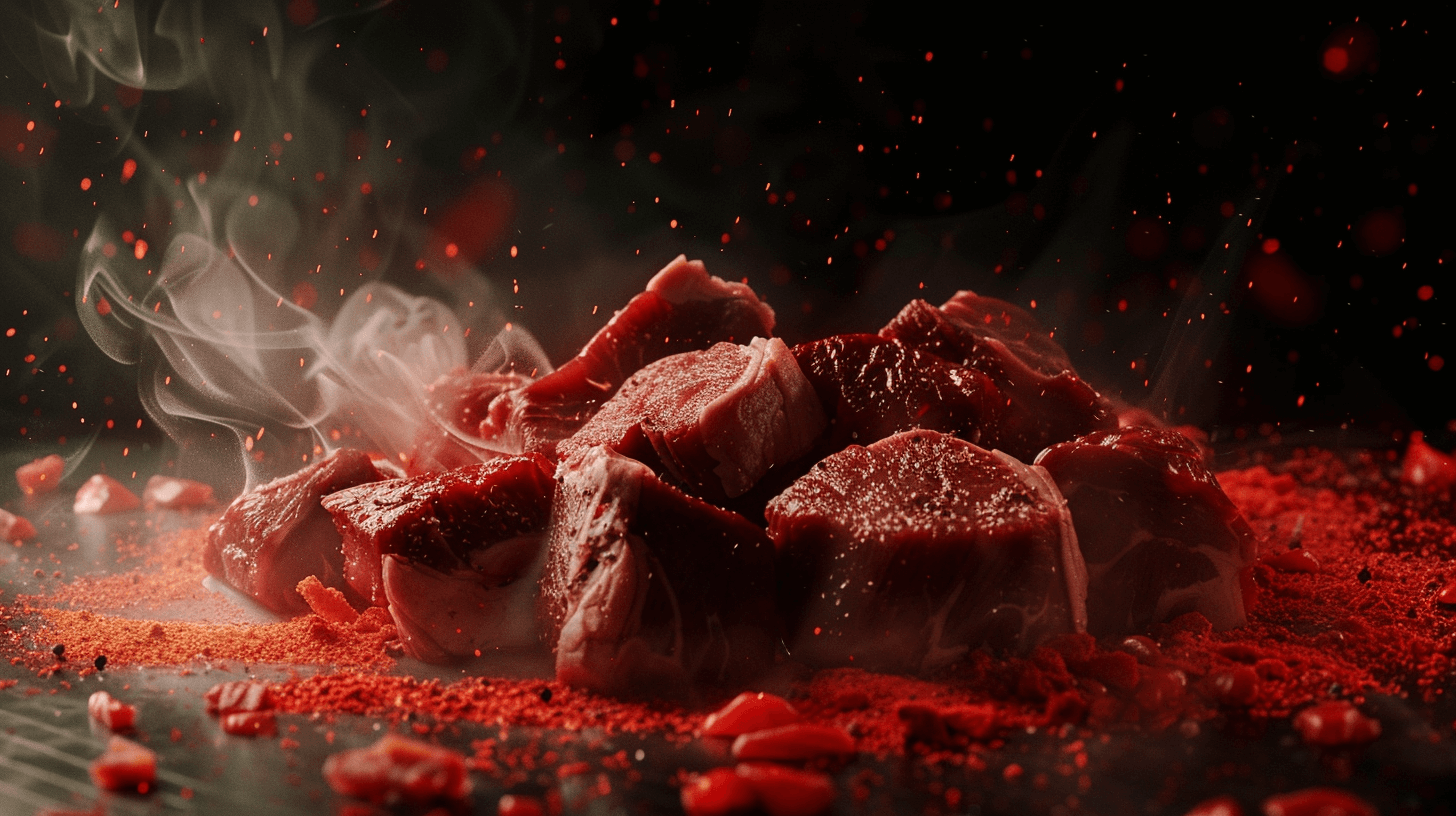
To embark on your culinary journey with beef, understanding the best cuts and having the right tools are paramount. Here’s a distilled guide to help you source the best cuts of beef and the essential tools needed for cooking them to perfection.
Best Cuts of Beef for Cooking
- Ribeye: Celebrated for its marbling, which contributes to its tenderness and flavor. Ideal for impressing with a steak dinner
- Short Ribs: Require long cooking times but reward with tender, flavorful meat that falls off the bone. Great for Korean-style Galbi
- Brisket: Known for its use in barbecue and slow cooking methods, turning a tough cut into a juicy delight
- Tenderloin (Filet Mignon): The most tender cut, excellent for a high-quality steak experience. Cook it in a cast iron skillet, on the grill, or under the broiler
- Flank Steak: Lean and boneless, perfect for marinating and grilling or slicing thin for stir-fries. Remember to cut against the grain
- Sirloin Steak: Juicy and flavorful, great for grilling. Top sirloin is especially popular for its balance of flavor and tenderness
- Skirt Steak: Offers robust flavor, best when marinated and cooked over high heat, making it perfect for fajitas
Each cut has its unique characteristics and best cooking methods, ensuring a versatile and rich culinary experience. Let’s now take a look at where you can source these cuts.
Best Sources For Buying Quality Beef
For sourcing the highest quality beef for cooking, consider these top online butchers and meat delivery services, known for their high-quality, ethically sourced meats:
- Porter Road – Offers a range of high-quality, sustainably-sourced meats, with options for à la carte purchases or subscription boxes.
- FarmFoods – Focuses on transparency, letting you know exactly where your meat comes from, with a commitment to affordable high-quality meat.
- D’Artagnan – A favorite for those seeking a wide variety of meats, including beef, pork, venison, and more, with an emphasis on quality and specialty items.
- Thrive Market – Known for natural and organic products, they offer sustainably sourced and ethically raised meat and seafood.
- Rastelli’s – Delivers vacuum-sealed and blast-frozen meats to your home, with a variety of options including grass-fed NY strips.
- FreshDirect – Provides a convenient online grocery shopping experience, including high-quality meat and poultry options.
- Mr. Steak – Perfect for steakhouse-quality meats at home, offering a selection of curated boxes of high-quality cuts.
These services not only ensure the quality of the meat but also often support sustainable and ethical farming practices
Must-Have Tools and Cooking Equipment
- Cast Iron Skillet: Essential for searing steaks to achieve a perfect crust. Its excellent heat retention makes it ideal for cooking tenderloin and other cuts.
- Meat Thermometer: Ensures your beef reaches the ideal internal temperature without the guesswork, crucial for perfect doneness.
- Grill: For those cuts that benefit from the smoky flavor and char that only a grill can provide, like flank steak and ribs.
- Slow Cooker or Dutch Oven: Perfect for those long, slow cooking methods required for cuts like brisket and short ribs, transforming them into tender, flavorful dishes.
- Sharp Knives: A set of high-quality knives is crucial for properly preparing your beef cuts before cooking and for carving and serving them afterward.
- Cutting Board: Opt for a large, sturdy board for safe and efficient meat preparation.
- Tongs: For safely turning and handling meat while cooking, especially on the grill.
Equipping your kitchen with these tools and choosing the right cuts of beef will set you up for countless delicious meals. Whether you’re grilling a sirloin steak or slow-cooking a brisket, the right preparation and equipment can elevate your beef dishes from good to extraordinary. Explore various recipes and don’t be afraid to experiment with different marinades, rubs, and cooking methods to discover what works best for each cut of beef.
Embarking on a Lifelong Culinary Adventure with Beef
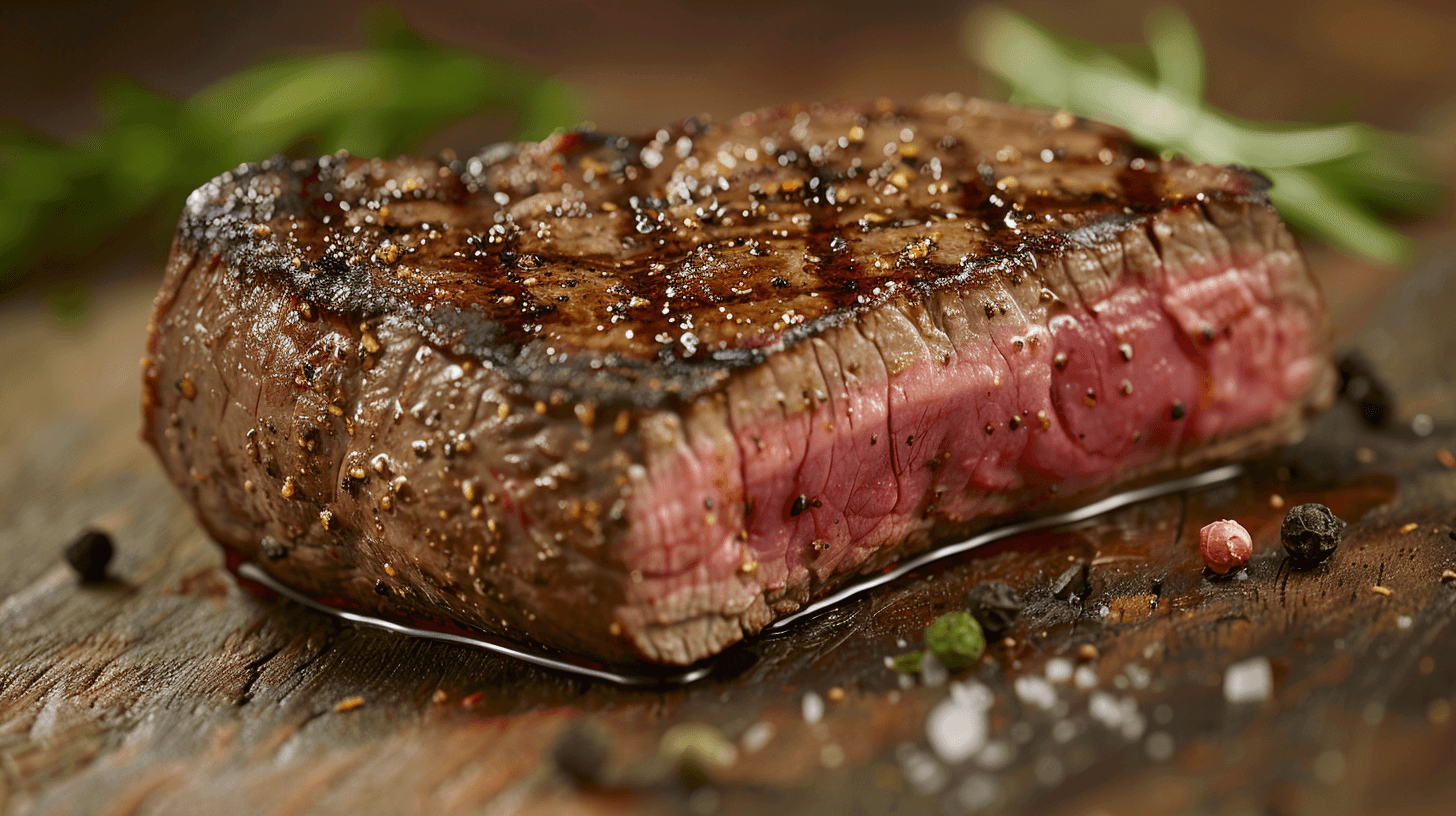
Our journey together through the landscapes of beef cooking techniques, from the foundational knowledge of cuts to the artful mastery of cooking methods, was designed to empower you as a culinary enthusiast. We’ve delved into the secrets that transform simple beef dishes into memorable culinary experiences, shared recipes that highlight the versatility and richness of beef, and discussed how to avoid common mistakes that stand between good and great.
The Path Forward
The ultimate goal of this guide was not just to educate but to inspire. Cooking is an ever-evolving art form, driven by passion, creativity, and an endless quest for flavor. The techniques and tips shared here are your tools, but your journey with beef is uniquely yours to shape.
Continuous Learning and Experimentation
Embrace the mindset of a lifelong learner. The world of beef cooking is vast, with countless techniques, flavors, and traditions waiting to be explored. Challenge yourself to try new recipes, experiment with different cuts, and incorporate flavors from cuisines around the globe. Every meal is an opportunity to refine your skills and expand your culinary horizons.
Sharing the Joy
One of the greatest pleasures of cooking is sharing the fruits of your labor with others. Invite friends and family to partake in your beef dishes, gather feedback, and use it as a catalyst for improvement and innovation. Cooking is a journey best shared, creating memories and bonds that last a lifetime.
Embracing Mistakes as Learning Opportunities
Remember, every great chef has experienced their fair share of culinary mishaps. Mistakes are not setbacks but stepping stones to mastery. Embrace them, learn from them, and let them guide your path forward.
Your Culinary Legacy
As you continue to experiment, learn, and grow, you’re not just cooking beef; you’re crafting a culinary legacy. The dishes you perfect today become the cherished recipes of tomorrow, passed down through generations or shared among friends, continuing the cycle of culinary exploration and enjoyment.

